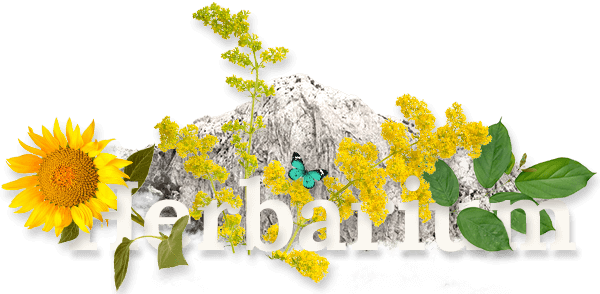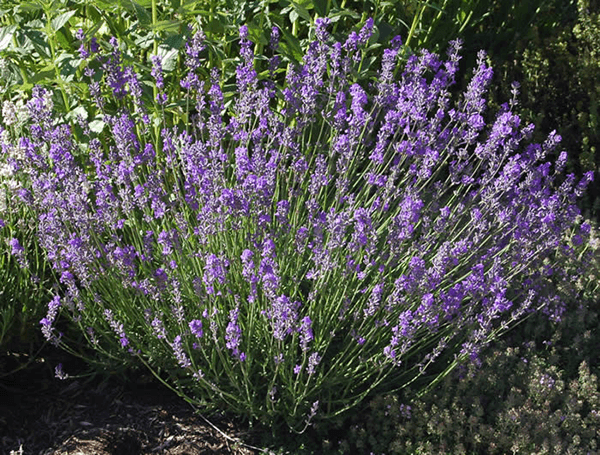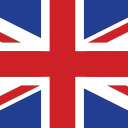Izradu internetske stranice sufinancirala je Europska unija u okviru operativnog programa Konkurentnost i kohezija iz Europskog fonda za regionalni razvoj.
saznajte više

LAVENDER
lat. Lavandula
Other names: Common, English, French, garden, spike, sweet and true lavender.
Scroll
Habitat:
Lavender is a hardy perennial that is native to the mountainous zones of Mediterranean countries. It grows in sunny, dry, well-drained habitats and thrives in sandy or stony soil types. This medicinal and culinary herb is seen throughout southern Europe, Australia, and North America and is a common garden addition due its lovely color and fragrance.
Plant Description:
There are 25 to 30 species of lavender that belong to the mint family, (Lamiaceae), but it is Lavandula angustifolia and Lavandula officinalis that are most commonly cultivated at a commercial-scale.The name lavender comes from the Latin word “lavare”, which means “to wash”, and refers to its long time use in bath water to soothe and calm as well as ease muscle pain. The plant is a heavily branched perennial shrub that only reaches about 2 feet in height. The branches are woody and have upright, rod-like, leafy green shoots. The thin gray-green opposing leaves are covered by a silvery down.Plants bloom from June to September and the flowers are arranged in spirals of 6 to 10 blossoms perched atop spikes above the foliage. Colour can range from pale pink, dark purple, blue-violet, white, or magenta depending on the variety. It is the blossoms that contain the fragrant lavender oil. This herb is vulnerable to spittle bugs and caterpillars, as well as fungal diseases and root rot if there is insufficient drainage.
Plant Parts Used:
The flowers.
Pharmaceutical use:
Lavender is perhaps best known for its calming and soothing effects. There is evidence that it may slow the activity of the nervous system and therefore promote relaxation, improve sleep quality and bring about emotional balance. For this reason, it is often used in combination with other herbal remedies as it treats physical symptoms with a nervous element, such as tension induced headaches, heart palpitations, or stress related digestive issues. Lavender’s calming effect on the nervous system has also made it a valuable herbal remedy for the treatment of insomnia. Traditionally, lavender flowers were stuffed into pillows to help restless people sleep and today it is a common ingredient in baby bath soaps to promote restful sleep. This medicinal herb is used topically to treat fungal infections, wounds, eczema, varicose ulcers, sunburned skin and acne. Lavender is thought to be a useful herbal remedy for many symptoms associated with menstruation and other female related ailments. Its anti-spasmodic effect may relieve menstrual cramps and it could be useful in relieving headaches and exhaustion as well as improving mood. It is also thought to stimulate blood flow to the pelvic area and uterus and therefore stimulate menstruation. Recent studies have indicated that the herb used as aromatherapy could be helpful as herbal remedy for dementia.
Cautions:
Please be aware that herbs, although natural can interact with certain medications, and that they may be ill advised to use under certain health conditions. Please consult a qualified health practitioner for cautions pertinent to you.
No therapeutic claim is made or intended for AZENA products. Information is for educational purposes only.




